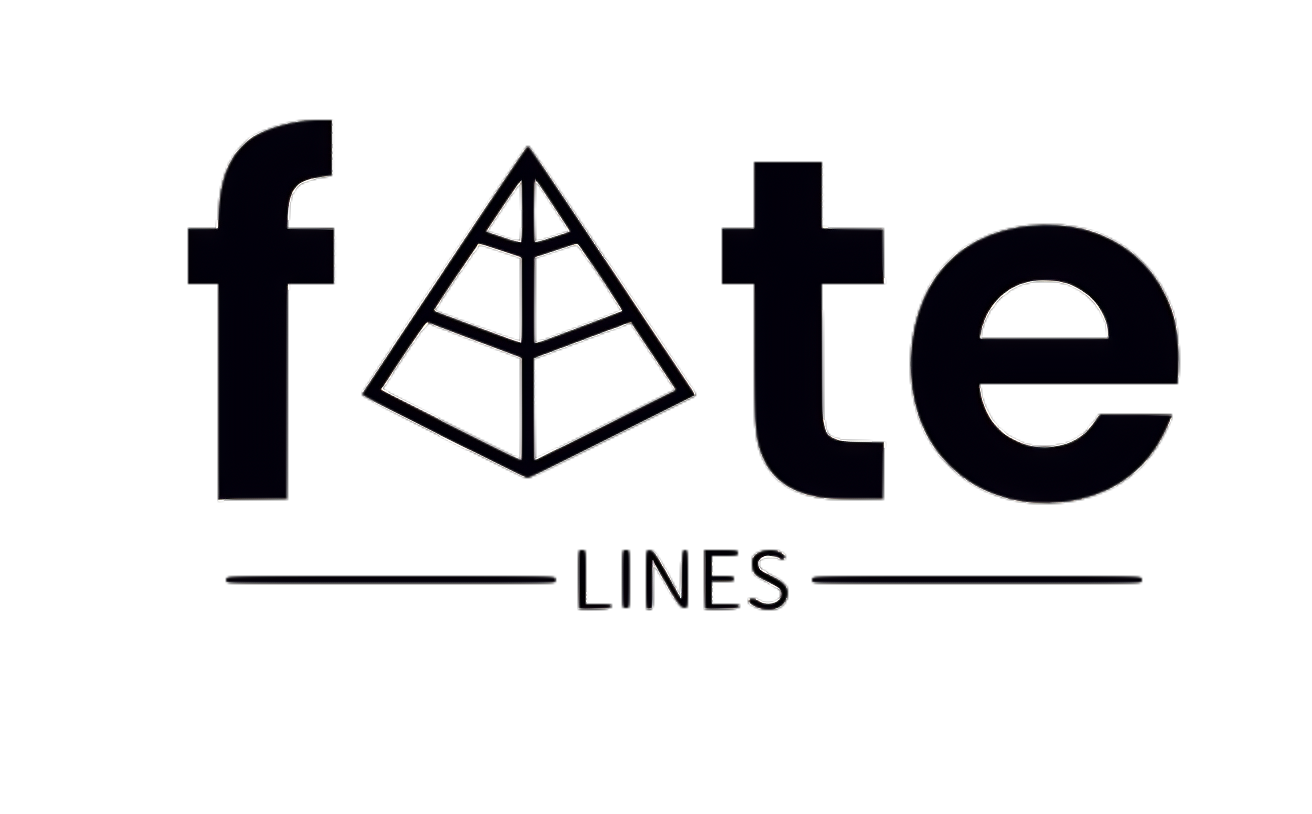The Each-Uisge: The Alluring Yet Lethal Water Horse of Scotland
The Enigmatic Water’s Edge
A heavy, foreboding mist envelops the Scottish lochs, settling around the reeds like a ghostly veil. The cold air pierces through the skin, and an unsettling silence looms, thick with unsaid threats. The tranquil water acts as a deceptive mirror, reflecting the darkening sky, yet behind that calm surface lies an ancient entity waiting to awaken. This creature, the Each-Uisge, serves as a macabre reminder that nature’s allure can conceal lurking dangers. From the depths of Loch Ness to secluded waters, the tale of this malevolent beast resonates in Scottish folklore, warning those who dare venture too close to the water’s edge.
An Overview of the Each-Uisge
The Each-Uisge is a fearsome shape-shifting spirit most frequently described as a horse. It resides in Scottish lochs and the ocean, enticing unsuspecting souls to climb onto its back before dragging them into the depths for a grim fate. This fiend is the embodiment of pure malevolence, representing the treacherous and wild nature of Scotland’s water-filled landscapes.
Unveiling the Each-Uisge: Origins and Significance
Let us delve deeper into the origins of this frightening creature, this abominable cryptid of Scottish lore. Often referred to simply as ‘water horse’ in translation, the Each-Uisge stands as one of the most feared entities in Scottish mythology. Its roots run deep within ancient Celtic legends, shared around fires for centuries. In contrast to the more playful kelpie, notorious for sometimes offering rides to unsuspecting travelers only to reveal its sinister nature, the Each-Uisge operates without pretense. It embodies the inherent dangers associated with Scotland’s deep and often perilous water bodies, echoing the fears of drownings and the profound mysteries hidden beneath the surface.
Imagine a time when a dark loch could easily claim a life and the terror of believing that something monstrous was behind these tragic fates. These legends became cautionary tales, urging people to honor the water and its concealed threats. The image of a magnificent horse—a revered creature in rural communities—acts as a potent lure, rendering its deceptive nature all the more terrifying, reflecting humanity’s struggle against temptation and superficial beauty.
Cultural Importance and Historical Context
The history of the Each-Uisge is closely linked to Scotland’s historical development and its inhabitants’ relationship with nature. Before the advent of modern transportation and water safety knowledge, rivers and lochs served as essential lifelines while simultaneously presenting great danger. The fright of drowning was omnipresent; thus, the Each-Uisge legend functioned to provide reasoning for these tragedies. Serving as a conduit for fear, it personified the hidden threats existing within everyday life.
Within rural communities, the Each-Uisge was taken more seriously than merely folklore; it was a genuine concern. Generations have passed down tales of its cleverness and cruelty, preserving this part of tradition. The creature’s ability to change shape signifies transformation, heralding the potential hazards concealed within outwardly innocuous appearances. This nuanced cultural representation helped mold the behavior of locals, instilling a respect for nature’s might. These narratives are reminders of how ancestors navigated a reality filled with wonder and peril, embodying an understanding of the dangers present in Scotland’s waters.
Encounters with the Each-Uisge: Notorious Tales
Across Scotland’s Highlands and Islands, chilling accounts of the Each-Uisge circulate, each grimmer than the last. One infamous story features a stunning white horse appearing near a distant village. Its coat shimmers like moonlight, enticing children warned to steer clear. However, the lure becomes irresistible, leading to a horrifying fate as a group succumbs to its charm. With a dreadful cry, the Each-Uisge snatches them away into the loch, ensuring they never resurface—merely a harrowing echo in the waters.
Another tale recounts a farmer who takes in a seemingly stray horse. Upon attempting to ride it, the creature twists and elongates, entrapping him as it races toward the nearest water body, plunging them both into the abyss, leaving nothing but silence in its wake.
A particularly dark legend from the Isle of Skye describes the Each-Uisge assuming the form of a handsome youth to seduce a woman. Once she consents to accompany him, his true form is revealed, and they both vanish into the depths together. These stories, passed through the ages, embody core elements: misdirection, allure, and a swift, brutal end. Over various regions and timelines, similarities in these narratives reveal a deep-seated fear that the Each-Uisge instilled in communities, transcending mere folklore.
The Each-Uisge: Cultural Significance Today
The fascination with the Each-Uisge persists even today, nearly twenty years later. The dark amalgamation of fear, intrigue, and the mystique of nature captivates modern audiences as much as it did centuries ago. The mythical water horse plays on our primal anxieties about the natural world, views populated with vast, shadowy lochs, offering an apt stage for its tales. The creature’s shapeshifting abilities amplify its dread, masquerading as something beautiful, only to unveil its predatory instincts.
This merging of innocence with danger strikes at the heart of societal fears, echoed in literature, film, and video games that feature this enigmatic figure. Contemporary storytelling keeps the legend vivid, transcending generations and reviving the narrative of the Each-Uisge, reinforcing its role in national identity. The creature stands as a symbol of respect for nature, emphasizing humanity’s vulnerability in the face of its fierce beauty.
Analyzing the Each-Uisge: Debunking Myths
While the Each-Uisge’s tales grip the imagination, it’s essential to filter these narratives through a skeptical lens. As a cryptid, its essence dwells firmly within the mythic realm. Many accounts of its existence, though significant in number, have proliferated through oral traditions and often succumb to embellishment. Tragedies like drownings, caused by natural hazards or exhaustion, may have been erroneously linked to this water spirit, providing explanations for otherwise unexplainable events.
Some historians speculate that sightings of actual creatures, such as seals or otters, or even optical illusions created by water, may have inspired the Each-Uisge. In isolated areas, superstition thrives, feeding the legend and allowing communities to interpret fear through this embodiment of danger.
Psychological Underpinnings of the Each-Uisge Legend
The allure of the Each-Uisge extends beyond mere horror; it hinges on its profound psychological impact. The creature doesn’t just launch attacks; it employs deceit. Appearing as an alluring horse, it takes advantage of human trust and the longing for companionship, especially in the stark landscapes of the Scottish Highlands. The sticky hide serves as a potent metaphor, symbolizing how easily one can become ensnared by deception and an illusory sense of safety.
The subsequent descent into the loch reflects a plunge into despair, representing a terrifying loss of hope. The betrayal of trust and the inevitable doom evoke a psychological dread that is more haunting than a straightforward attack. It serves as a grim reminder that, often, the greatest dangers are masked in beautiful forms.
Final Reflections on the Each-Uisge
As you stand by the placid, murky waters of a Scottish loch, heed the tales of the Each-Uisge. The stillness, the ripples, and the chill in the air could indicate a lurking presence. The surface may feel serene, but beneath it lies a treacherous mystery that has claimed countless lives. The legend of the Each-Uisge transcends mere fright; it symbolizes the deep-rooted fears and enigmas that shape human experiences with nature. It serves as a stark admonition that some of the most perilous creatures wear a guise of innocence.
Keep this caution close to heart; tread carefully, and perhaps you’ll escape becoming a mere chapter in its ominous lore.



